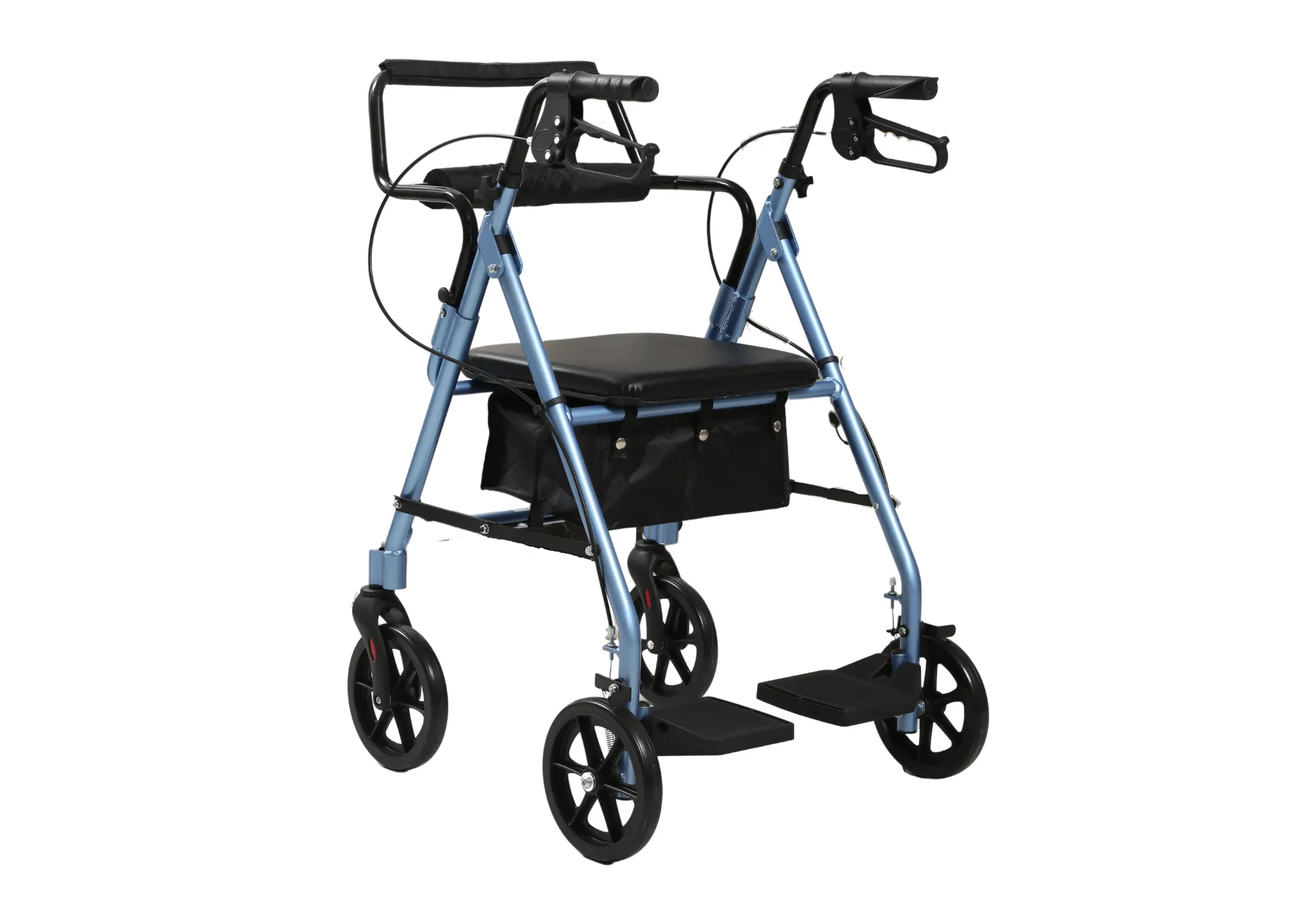Welcome to our websites!
Comparison of Electric Scooters and Electric Wheelchairs for Mobility Solutions
Electric Scooter vs. Electric Wheelchair A Comprehensive Comparison
In an era where mobility solutions have become more diverse and advanced, choosing between an electric scooter and an electric wheelchair can be essential for enhancing one’s independence and quality of life. Both devices are designed to assist individuals with mobility challenges, but they serve different purposes and cater to distinct user needs. This article aims to explore the key differences between electric scooters and electric wheelchairs, helping users make informed decisions.
Design and Structure
Electric scooters are typically designed with a sleek, modern aesthetic, resembling traditional scooters. They feature three or four wheels, a comfortable seat, and handlebars for steering. The user operates the scooter by using a throttle and brakes, which provide a sense of control and maneuverability similar to a bicycle.
On the other hand, electric wheelchairs are built for individuals with severe mobility impairments. They feature a seat with armrests and a robust frame, often designed to accommodate various body types and support a higher weight capacity. Electric wheelchairs typically have joystick controls, which allow users to navigate with minimal effort.
Mobility and Terrain Handling
When it comes to mobility, electric scooters generally excel in outdoor environments, making them ideal for users who want to travel longer distances or navigate through parks, sidewalks, and urban areas
. They usually boast higher speeds and longer battery life compared to electric wheelchairs, which is advantageous for those who enjoy outdoor activities and require a reliable mode of transportation.Conversely, electric wheelchairs are specifically engineered for indoor use, offering greater maneuverability in tight spaces. Their compact design allows users to navigate hallways, doorways, and crowded areas with ease. Many models are equipped with features like tilting and reclining seats, which provide added comfort and support, especially for users who spend prolonged periods seated.
electric scooter vs electric wheelchair

User Needs and Preferences
Choosing between an electric scooter and an electric wheelchair often depends on the user's lifestyle and mobility needs. For active individuals who prefer to engage with their environment, an electric scooter may be the better option. Scooters offer the freedom to travel longer distances, and their design encourages outdoor exploration.
In contrast, for individuals with more significant mobility restrictions or those who require assistance with daily activities at home, an electric wheelchair might be more appropriate. Electric wheelchairs cater to users who need a higher level of support and comfort while allowing for easy navigation in various settings.
Cost and Maintenance
Cost is another crucial factor to consider. Electric scooters tend to be less expensive than electric wheelchairs, making them more accessible for those on a budget. However, users must consider the maintenance costs associated with both devices, including battery replacements, tire upkeep, and potential repairs.
Both electric scooters and wheelchairs generally come with warranties, but users should carefully review the terms to ensure any unforeseen issues are covered. Conducting thorough research and comparing models can help users find the best device for their needs without overspending.
Conclusion
In summary, both electric scooters and electric wheelchairs offer unique benefits to individuals facing mobility challenges. Understanding their differences in design, mobility options, user needs, and costs can aid users in making the best choice for their lifestyles. Ultimately, whether one opts for the agility of an electric scooter or the supportive features of an electric wheelchair, the right mobility aid can significantly enhance independence and improve overall quality of life.
-
Navigating the Wholesale Landscape of Electric Mobility Solutions: Key Considerations for Power Wheelchair DealersNewsJun.10,2025
-
Navigating the Wholesale Market: A Comprehensive Guide to Procuring Wheelchairs and Mobility EquipmentNewsJun.10,2025
-
Navigating the World of Wholesale Rehabilitation Equipment: A Guide for DistributorsNewsJun.10,2025
-
A Wholesaler’s Essential Guide to Sourcing Hospital Furniture: Key Considerations with Hebei Boxin Recovery Equipment Co., Ltd.NewsJun.10,2025
-
A Wholesaler’s Definitive Guide to Sourcing Hospital Beds: Key Considerations with Hebei Boxin Recovery Equipment Co., Ltd.NewsJun.10,2025
-
Unveiling the Secrets of Sourcing High - Quality Medical Exam Beds for Sale: A Wholesaler's GuideNewsJun.10,2025
-
Essential Equipment for Ambulance and Emergency CareNewsApr.17,2025











